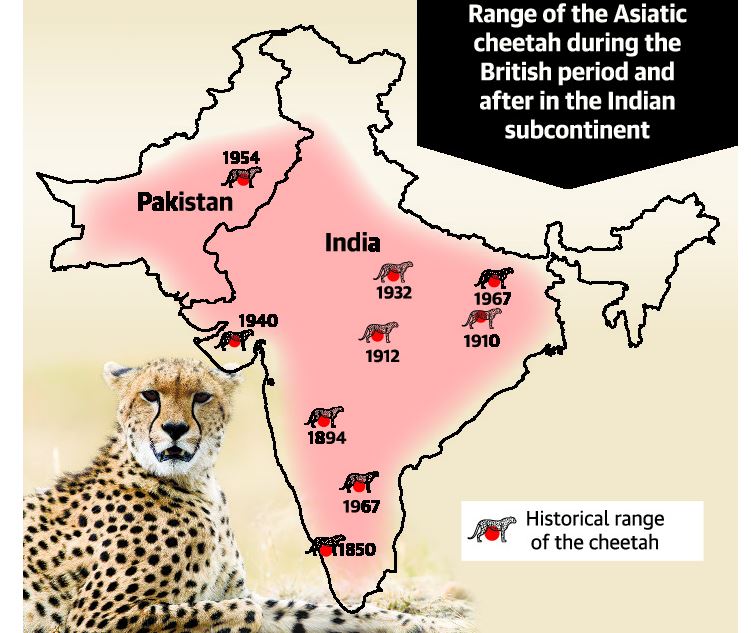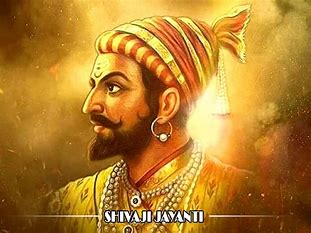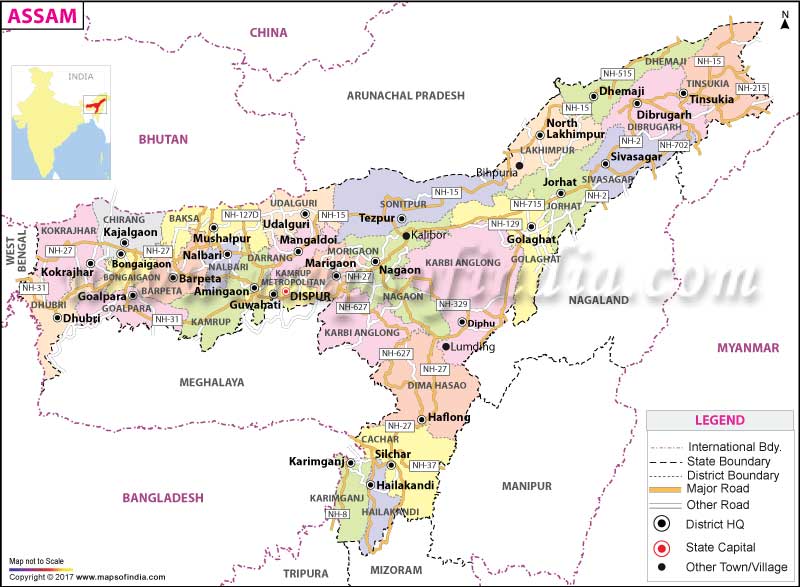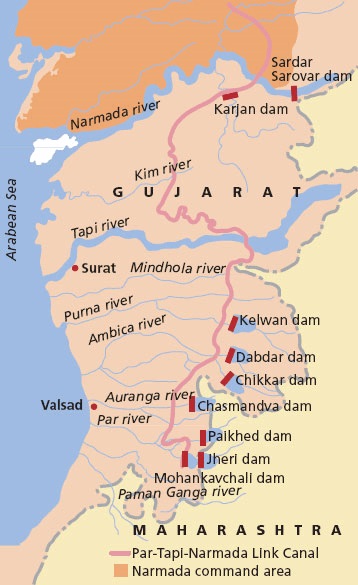The Complexities of Introducing African Cheetahs to India
Context:
The cheetah, which became extinct in India after Independence, is all set to return with the Union Government launching an action plan in Kuno National park in Madhya Pradesh. According to the plan, about 50 of these big cats will be introduced in the next five years, from the Africa savannas, home to cheetahs, an endangered species.

Relevance:
GS III- Environment and Ecology
Dimensions of the Article:
- What was the distribution of cheetahs in India?
- What caused the extinction of cheetahs in India?
- What is the current status of this project?
- About Cheetah
What was the distribution of cheetahs in India?
- Historically, Asiatic cheetahs had a very wide distribution in India.
- There are authentic reports of their occurrence from as far north as Punjab to Tirunelveli district in southern Tamil Nadu, from Gujarat and Rajasthan in the west to Bengal in the east.
- Most of the records are from a belt extending from Gujarat passing through Maharashtra, Madhya Pradesh, Uttar Pradesh, Chhattisgarh, Jharkhand and Odisha.
- There is also a cluster of reports from southern Maharashtra extending to parts of Karnataka, Telangana, Kerala and Tamil Nadu.
- The distribution range of the cheetah was wide and spread all over the subcontinent.
- They occurred in substantial numbers.
- Habitats:
- Scrub forests
- Dry grasslands
- Savannas
- Other arid and semi-arid open habitats
- Some of the last reports of cheetahs in India prior to their local extinction are from edge habitats of sal forests in east-central India, not necessarily their preferred habitat.
- In Iran, the last surviving population of wild Asiatic cheetahs are found in hilly terrain, foothills and rocky valleys within a desert ecosystem
What caused the extinction of cheetahs in India?
- The cheetah in India has been recorded in history from before the Common Era. It was taken from the wild for coursing blackbuck for centuries, which is a major contributor to the depletion of its numbers through the ages.
- However, the final phase of its extinction coincided with British colonial rule. The British added to the woes of the species by declaring a bounty for killing it in 1871.
- Major reasons for the extinction of the Asiatic cheetah in India.
- The consistent and widespread capture of cheetahs from the wild (both male and female) over centuries
- Its reduced levels of genetic heterogeneity due to a historical genetic bottleneck resulting in reduced fecundity and high infant mortality in the wild.
- Its inability to breed in captivity.
- Sport hunting.
- Bounty killings.
- It is reported that the Mughal Emperor Akbar had kept 1,000 cheetahs in his menagerie and collected as many as 9,000 cats during his half century reign from 1556 to 1605.
- As late as 1799, Tipu Sultan of Mysore is reported to have had 16 cheetahs as part of his menagerie.
- It is recorded that the last cheetahs were shot in India in 1947, but there are credible reports of sightings of the cat till about 1967.
What is the current status of this project?
- According to the Government, Kuno is ready to receive the cheetahs.
- About a month ago a team of government officials visited Namibia to inspect the cheetahs that would be sent to India, review the arrangements and to reach an agreement for the transfer of the cats.
- It is being reported that Namibia wants India’s support for lifting the CITES ban on commercial trade of wildlife products, including ivory.
- The draft memorandum of understanding shared by Namibia reportedly contains a condition requiring India to support Namibia for “sustainable utilisation of wildlife”.
- The cheetahs are to be provided by the Cheetah Conservation Fund, an NGO, and not the Namibian government.
- Three to five cheetahs are expected to be part of the first group of cats and these are expected to arrive as early as May 2022 and released in the wild by August 15.
Issues with Re introduction
- Experts are divided on whether the reserve would provide a favourable climate for African cheetahs in terms of prey abundance.
- Cheetah habitat was required to sustain a genetically viable population.
About Cheetah:
- The cheetah is one of the oldest of the big cat species, with ancestors that can be traced back more than five million years to the Miocene era.
- The cheetah is also the world’s fastest land mammal that lives in Africa and Asia.

African Cheetah
- IUCN status – Vulnerable
- CITES status – Appendix-I of the List. This List comprises of migratory species that have been assessed as being in danger of extinction throughout all or a significant portion of their range.
- Habitat – Around 6,500-7,000 African cheetahs present in the wild.
- Physical Characteristics – Bigger in size as compared to Asiatic Cheetah.
Asian Cheetah
- IUCN Status – Critically Endangered.
- CITES – Appendix 1 of the list
- Habitat – 40-50 found only in Iran.
- Physical Characteristics – Smaller and paler than the African cheetah. Has more fur, a smaller head and a longer neck. Usually have red eyes and they have a more cat-like appearance.
Chhatrapati Shivaji
Context:
Section 144 has been imposed in Bodhan town in Telangana after protests turned violent over the installation of a statue of Chhatrapati Shivaji at Ambedkar junction in the town by the Shiv Sena and BJP workers.
Relevance:
GS I- History
Dimensions of the Article:
- About Chhatrapati Shivaji
- Why did the situation turn violent?
About Chhatrapati Shivaji

- Born on February 19, 1630, at Shivneri Fort in Pune.
- He was born to Shahaji Bhonsle, a Maratha general who ruled the Bijapur Sultanate’s jagirs of Pune and Supe. Shivaji’s mother was Jijabai, a devout woman who had a strong religious influence on him.
- Shivaji’s name was derived from the name of a provincial deity, Goddess Shivai.
- He created the Maratha Empire by carving out an enclave from the crumbling Adilshahi sultanate of Bijapur.
- He was formally crowned Chhatrapati (Monarch) of his dominion in Raigad in 1674.
- Religious tolerance and functional integration of the Brahmans, Marathas, and Prabhus ensured the kingdom’s security.
- With the support of a disciplined military and well-structured administrative organisations, he constructed a competent and progressive civil rule.
- He had a ministerial council (Asht Pradhan) to advise him on state problems, but he was not bound by it. He had the authority to appoint or fire them.
- He pioneered non-conventional methods (guerrilla warfare) and used strategic elements such as terrain, speed, and surprise to innovate military tactics.
- To defeat his larger and more powerful opponents, he concentrated on pinpoint attacks.
- Although the courageous warrior died in 1680, he is remembered for his bravery and intelligence.
Why did the situation turn violent?
- While a few people opposed to the statue were protesting, counter protestors arrived.
- Soon, the issue turned political with the AIMIM and TRS supporters on one side and the BJP-Shiv Sena supporters on the other.
- They pelted stones at each other. Several policemen were also injured. The police baton- charged the crowd and fired teargas shells.
- The police have imposed Section 144 prohibiting assembly of more than four persons.
Defining who is ‘Assamese’: Attempts, Challenges
Context:
Recently, the Assam government informed the Assembly that nearly 1.44 lakh illegal foreigners had been identified in the state until January 31 this year based on the 1985 Assam Accord, and around 30,000 of them had been deported to their country of origin. The government added that definitions of phrases mentioned in the Accord such as ‘Axomiya janagan’ (Assamese people), ‘khilonjia’ (indigenous) and ‘adi basinda’ (original inhabitants) were yet to be determined.
Relevance:
GS I- Population & Associated Issues
Dimensions of the Article:
- What is the Assam Accord?
- What are these expressions for which the definitions have not been determined?
- Why is the definition difficult?
- Have any definitions been proposed?
- What are the other terms for which no definition has been finalised?
What is the Assam Accord?
- The Assam Accord is a tripartite accord signed between the Government of India, State Government of Assam and the leaders of the Assam Movement in 1985.
- This accord led to the conclusion of a six-year agitation that was launched by the All Assam Students’ Union (AASU) in 1979, demanding the identification and deportation of illegal immigrants from Assam.
- The demand was for detection and deportation of migrants who had illegally entered Assam after 1951 – however, the accord sets a cut-off of midnight of 24th March 1971, for the detection of illegal foreigners in Assam.
Who is a foreigner under the Assam Accord?
- Anyone who had come to Assam before midnight on that date would be an Indian citizen, while those who had come after would be dealt with as foreigners.
- The same cut-off was used in updating the National Register of Citizens (NRC).
What are these expressions for which the definitions have not been determined?

- The context is Clause 6 of the Assam Accord, which promises “constitutional, legislative and administrative safeguards to protect, preserve and promote the cultural, social, linguistic identity and heritage of the Assamese people”, but doesn’t provide clear cut definitions to identify who would be the “Assamese people”.
- Clause 6 is important because many felt the 1971 cut-off was inadequate.
- The Assam Movement had demanded 1951 as the cut-off.
- Given that the cut-off for the rest of India is 1948, many noted that the Assam Accord would grant citizenship to a section of migrants who would be counted as foreigners elsewhere in the country.
- Clause 6 was, therefore, seen as a protective provision which would guarantee certain benefits to the Assamese people, while excluding some sections among those granted citizenship on the basis of the 1971 cut-off.
Why is the definition difficult?
- Because Assam’s demography has been shaped by decades of migration.
- Many of the migrants had settled here during the colonial era.
- While they might not be native speakers of an indigenous language, such as Assamese or Bodo or Karbi, the question was whether the definition of “Assamese” could exclude someone, for example, whose family might have lived in Assam for 100 years.
Have any definitions been proposed?
- Protests against the Citizenship Amendment Act (CAA), which aims to provide citizenship to several types of foreigners, including Hindus from Bangladesh, rocked Assam in 2019.
- The committee was formed by the administration to put an end to the protests.
This committee designated the following individuals as Assamese:
- Citizens of Assam who are members of the Assamese community
- Any member of Assam’s indigenous tribal communities
- Any other Assamese indigenous community
- Any other Indian citizens who lived in the territory in Assam on or before January 1, 1951, and their descendants
In effect, this definition encompasses not only indigenous peoples, but also any other Indian nationals, regardless of mother tongue, who have ancestors who lived in Assam prior to 1951.
What are the other terms for which no definition has been finalised?
- Khilonjia: In common parlance, khilonjia refers to all indigenous communities. The question is who would be considered indigenous. One line of argument has been that the definition should include various communities whose history in Assam dates back before the 1826 annexation with British India, but others contest this because of the groups that would be excluded.
- Adi Basinda: ‘Original inhabitants’, as the phrase suggests, would mean the tribes who have lived for generations in Assam. Some in Assam want this to extend to tribal communities settled by the British during colonial rule, but even this is not a settled definition.
Par Tapi Narmada River-Linking Project
Context:
The tribals in Gujarat held a public meeting in Kaprada in Valsad district to protest against the Centre’s Par Tapi Narmada (PTN) river-linking project.
Relevance:
GS-I: Geography (Drainage System in India, Projects to improve Irrigation), GS-III: Environment and Ecology
Dimensions of the Article:
- Interlinking of Rivers
- Par Tapi Narmada river-linking project
- Issues with the Project
Interlinking of Rivers
- In 1858, Arthur Cotton (British general and irrigation Engineer) came up with even more ambitious proposals such as connecting all major rivers of India, and interlinking of canals and rivers. He suggested drought-relief measures for Odisha.
- The National River Linking Project (NRLP) formally known as the National Perspective Plan, envisages the transfer of water from water ‘surplus’ basins where there is flooding, to water ‘deficit’ basins where there is drought/scarcity, through inter-basin water transfer projects.
- The interlinking of river project is a Civil Engineering project, which aims to connect Indian rivers through reservoirs and canals.
- The farmers will not have to depend on the monsoon for cultivation and also the excess or lack of water can be overcome during flood or drought.
- Since the 1980s, the interlinking project has been managed by India’s National Water Development Agency (NWDA) under the Ministry of Water Resources.
It has been split into three parts as follows:
- A northern Himalayan river interlink component.
- A southern peninsular component.
- An Intra-State river linking component.
As of now, six ILR projects have been under examination of the authorities:
- Ken-Betwa,
- Damanganga- Pinjal,
- Par-Tapi-Narmada,
- Manas-Sankosh-Teesta-Ganga,
- Mahanadi-Godavari and
- Godavari-Cauvery (Grand Anicut)
With regard to the peninsular rivers, the Centre has chosen to focus on the Godavari-Cauvery link.
Par Tapi Narmada river-linking project

- Under the old Union Ministry of Irrigation and the Central Water Commission, the PTN link project was envisioned in the 1980 National Perspective Plan..
- The project intends to move river water from the Western Ghats’ surplus regions to Saurashtra and Kutch’s deficiency areas.
- It proposes to connect three rivers: the Par, which originates in Maharashtra and flows through Valsad; the Tapi, which originates in Saputara and flows through Maharashtra and Surat in Gujarat; and the Narmada, which originates in Madhya Pradesh and flows through Maharashtra and Gujarat’s Bharuch and Narmada districts.
- Seven dams (Jheri, Mohankavchali, Paikhed, Chasmandva, Chikkar, Dabdar, and Kelwan), three diversion weirs, and two tunnels were built as part of the link.
Issues with the Project
- The projected reservoirs will drown around 6065 hectares of land.
- A total of 61 villages will be impacted, with one entirely drowned and the other 60 partially underwater.
- The overall number of families affected will be 2,509, with 98 families affected as a result of the construction of the Jheri reservoir, Maharashtra’s only one, which is distributed across six villages.
- When the reservoirs are built, the affected families may lose their lands, residences, or both as a result of the submergence.
- The tribals who fear displacement are generally in charge of the districts where the project will be conducted.
Principle Of Reasonable Accommodation
Context
The Karnataka High Court rejected an argument in support of permitting Muslim girls wearing head-scarves that was based on the principle of ‘reasonable accommodation’.
Relevance:
GS II- Polity
Dimensions of the Article:
- What is Reasonable accommodation:
- How does the principle work?
- What is the legal position on this in India?
What is Reasonable accommodation:
- ‘Reasonable accommodation’ is a principle that promotes equality, enables the grant of positive rights and prevents discrimination based on disability, health condition or personal belief.
- Its use is primarily in the disability rights sector.
- Article 2 of the UN Convention on the Rights of People with Disabilities (UNCRPD) defines reasonable accommodation as
- “necessary and appropriate modification and adjustments not imposing a disproportionate or undue burden, where needed in a particular case, to ensure to persons with disabilities the enjoyment or exercise on an equal basis with others of all human rights and fundamental freedoms”.
- The International Labour Organization (ILO), in its recommendation on HIV/AIDS and the world of work, defines it as
- “any modification or adjustment to a job or to the workplace that is reasonably practicable and enables a person living with HIV or AIDS to have access to, or participate or advance in, employment”.
How does the principle work?
- The general principle is that reasonable accommodation should be provided, unless some undue hardship is caused by such accommodation.
- In 2016, the ILO came out with a practical guide on promoting diversity and inclusion through workplace adjustments.
- Four categories of workers were chosen for the guide:
- workers with disabilities,
- workers living with HIV and AIDS,
- pregnant workers and those with family responsibilities, and
- workers who hold a particular religion or belief.
- These categories of workers come across different kinds of barriers at work.
- These may result in either loss of employment or lack of access to employment.
- The provision of reasonable accommodation plays a major role in addressing these barriers and thus contributes to greater workplace equality, diversity and inclusion.
What is the legal position on this in India?
- In India, the Rights of People with Disabilities Act, 2016, defines ‘reasonable accommodation’ as “necessary and appropriate modification and adjustments, without imposing a disproportionate or undue burden in a particular case, to ensure to persons with disabilities the enjoyment or exercise of rights equally with others”.
- The definition of ‘discrimination’ in Section 2(h) includes ‘denial of reasonable accommodation’.
- In Section 3, which deals with equality and non-discrimination, sub- section (5) says: “The appropriate Government shall take necessary steps to ensure reasonable accommodation for persons with disabilities.”